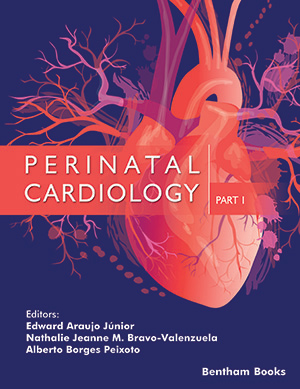Abstract
Conotruncal anomalies are characterized by abnormalities of the great vessels of the heart. There are five types of conotruncal anomalies named as tetralogy of Fallot, double outlet of the right ventricle, transposition of the great arteries, truncus arteriosus and corrected transposition of the great arteries. These lesions known as “conotruncal anomalies” are caused by aberrant development of the conotruncal region of the embryonic heart. Prenatal diagnosis of congenital heart disease optimizes obstetric and neonatal care. Identification of these anomalies in prenatal life allows a variety of treatment with options to be considered, including delivery at a tertiary center, termination of pregnancy in some cases and in utero therapy. Majority of fetuses with conotruncal anomalies will undergo surgery in the neonatal period or in the first year of life. This chapter will discuss the fetal echocardiographic findings, extracardiac and chromosomal anomalies associations, prenatal and postnatal outcomes of conotruncal anomalies.
Keywords: Conotruncal anomalies, Corrected transposition of the great arteries, Double outlet right ventricle, Tetralogy of Fallot, Truncus arteriosus, Transposition of the great arteries.






















